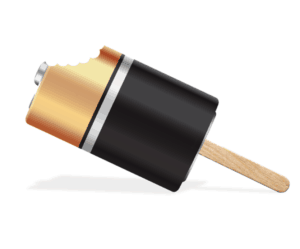

Podcast: Risk Reduction to the Cold Chain – MarketScale Energy
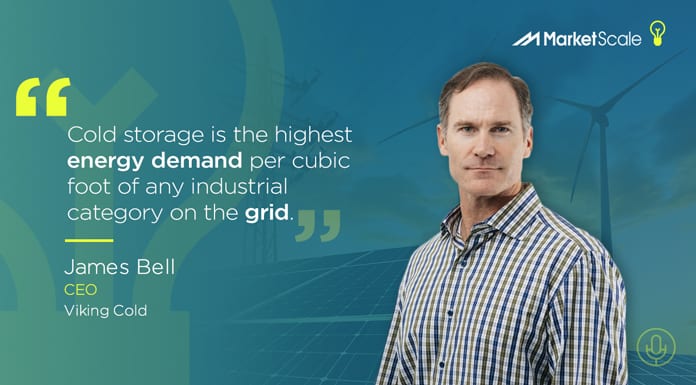
Read More →
Podcast: Smart Grid Today Discussed Long-Duration Energy Storage
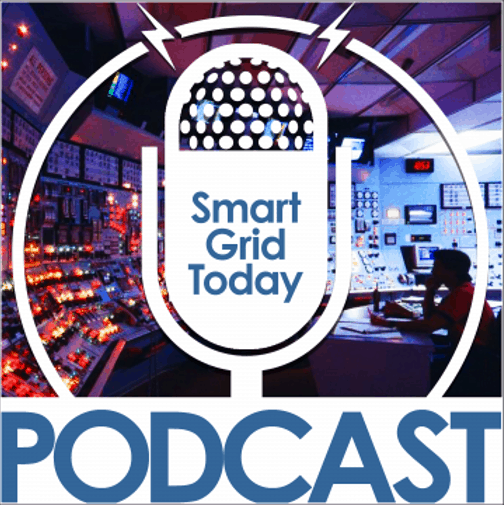
Read More →
Food Processing – Emerging Food Safety Technologies
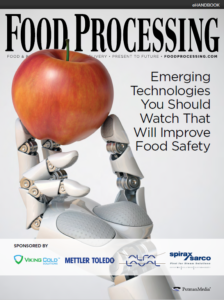
UtilityDive.com – Long-duration energy storage: The future of grid stability

Accelerate Magazine – Thermal Batteries Cut Cold Storage Energy Costs
Accelerate Magazine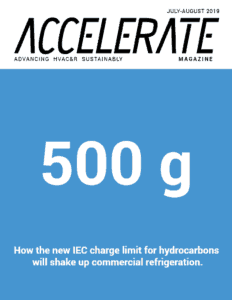
Viking Cold & Eversource Project Selected as Finalist for 2019 ESNA Innovation Award
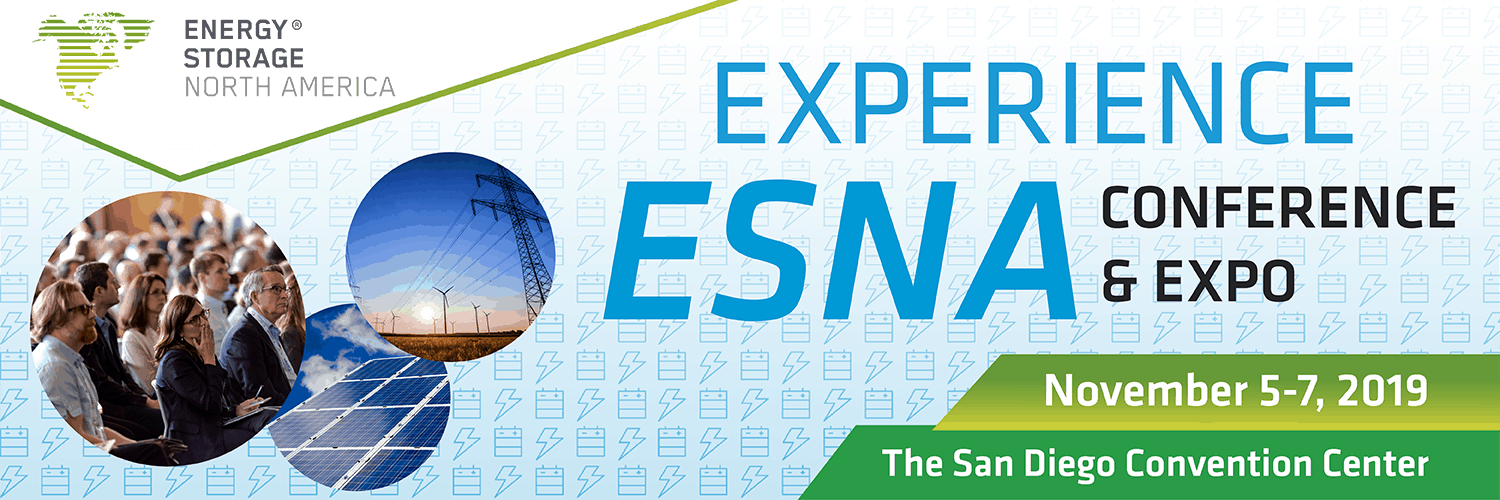
Viking Cold has been recognized for its deployment of eight Thermal Energy Storage (TES) systems as part of a utility-backed demand management program in Massachusetts. These behind-the-meter TES systems store and facilitate the management of approximately 1.3 MW of energy onsite. This project is noteworthy because Viking Cold’s solution leverages the facilities’ existing refrigeration systems to store cold energy and discharge it over long periods of time (up to 13 hours) when it is most beneficial for the grid and the facility operator, thus lowering energy costs, increasing resiliency, and helping the environment.
The Greater Boston Food Bank, the program’s first installation, has already seen a 75% reduction in energy consumption and a 76% reduction in demand during its four-hour peak demand period.
“As the largest hunger relief organization in New England, our goal is to provide healthy meals to those in need across Eastern Massachusetts,” said The Greater Boston Food Bank SVP of Supply Chain and Food Acquisition, Cheryl Schondek. “We strive for cost-saving operational efficiencies, and our partnership with Eversource and the installation of the Viking Cold TES system better enables us to achieve this goal. We appreciate their commitment to our mission to end hunger here.”
You can read more about the TES project online here.
Please help Viking Cold win this year’s ESNA Innovation Award – you can vote with the form online here. Deadline is September 12, 2019.
GCCA Cold Facts – A Savvy Proposal for Energy Efficiency
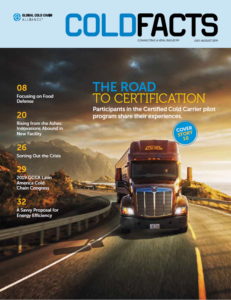
Progressive Grocer: Sustainable Supermarket Refrigeration Systems Becoming the Norm
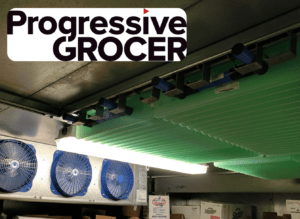
FoodDive.com – Using frozen food as a battery to lower energy costs?
